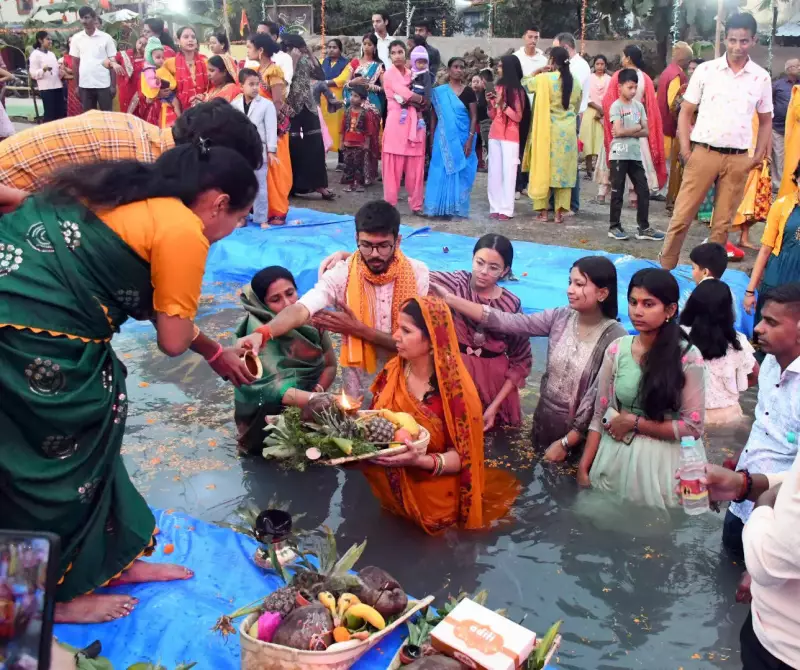
In a remarkable display of community ingenuity, residents across Ranchi are taking water matters into their own hands—literally. Fed up with the chaos and crowding at traditional water ghats, neighborhoods are transforming empty plots into functional makeshift ponds that serve their daily water needs.
The Water Woes That Sparked Innovation
The crowded ghats of Ranchi have long been a source of frustration for locals. Long queues, pushing crowds, and limited access times made collecting water a daily struggle. During peak summer months, the situation became particularly dire, with families spending hours just to secure their basic water requirements.
"We were tired of the fights and chaos at the main ghat," shares Priya Singh, a resident of Harmu colony. "Every morning felt like a battle, and the elderly and children suffered the most."
Community-Led Solution Takes Root
The turning point came when several communities decided they'd had enough. Pooling resources and manpower, residents began identifying unused land parcels in their areas. What followed was a grassroots movement that saw vacant plots being converted into functional water bodies.
These aren't elaborate constructions but practical solutions: dug-out areas lined with plastic sheets that collect rainwater and stored water from tankers. The simplicity of the approach is what makes it so effective and replicable.
How the Makeshift Ponds Work
- Strategic Location Selection: Communities choose easily accessible spots within residential areas
- Collaborative Digging: Residents contribute labor to prepare the pond basins
- Waterproofing: Plastic sheets and tarpaulin prevent water seepage
- Rainwater Harvesting: Designed to capture monsoon rains for year-round use
- Shared Maintenance: Families take turns cleaning and maintaining the ponds
Multiple Benefits Beyond Water Access
The impact of these community ponds extends far beyond just solving the water access problem. Social cohesion has improved dramatically as neighbors work together toward a common goal. The ponds have become community hubs where people gather, chat, and strengthen bonds while collecting water.
"What started as a water solution has become a community-building exercise," explains Ramesh Kumar, a local community leader. "We're not just sharing water; we're sharing responsibilities and building relationships."
Health and Safety Advantages
The shift to localized ponds has brought significant health benefits:
- Reduced Physical Strain: No more carrying heavy water containers over long distances
- Better Hygiene: Controlled access points mean cleaner water collection
- Social Distancing: Eliminates crowding that could spread illnesses
- Time Savings: More productive hours for work and family
A Model for Other Water-Stressed Cities
Ranchi's community pond initiative is now being watched closely by urban planners and other cities facing similar water access challenges. The low-cost, high-impact model demonstrates how community participation can solve urban infrastructure gaps where municipal systems fall short.
Local authorities have taken note of the success. "We're exploring ways to support and formalize these community initiatives," says a municipal official. "When citizens take ownership of solutions, the results are often more sustainable than top-down approaches."
As summer approaches, more neighborhoods in Ranchi are joining this water revolution, proving that sometimes the most effective solutions come not from complex engineering, but from simple community wisdom and collective action.





